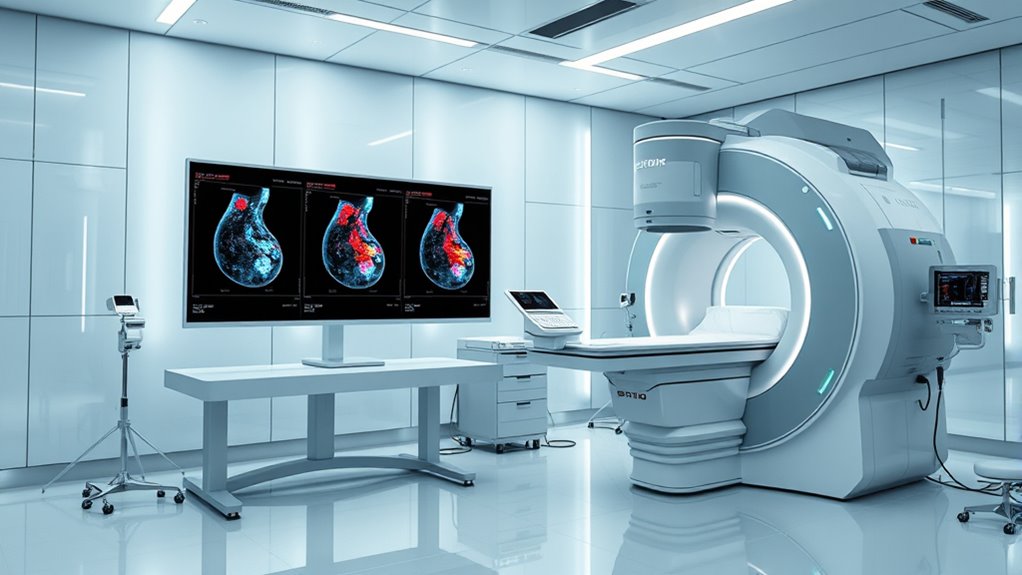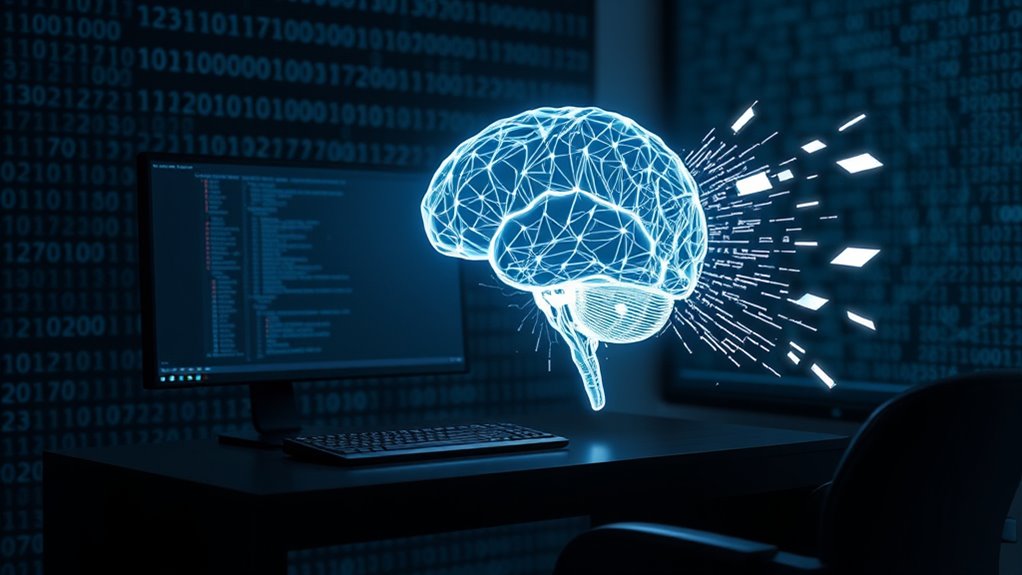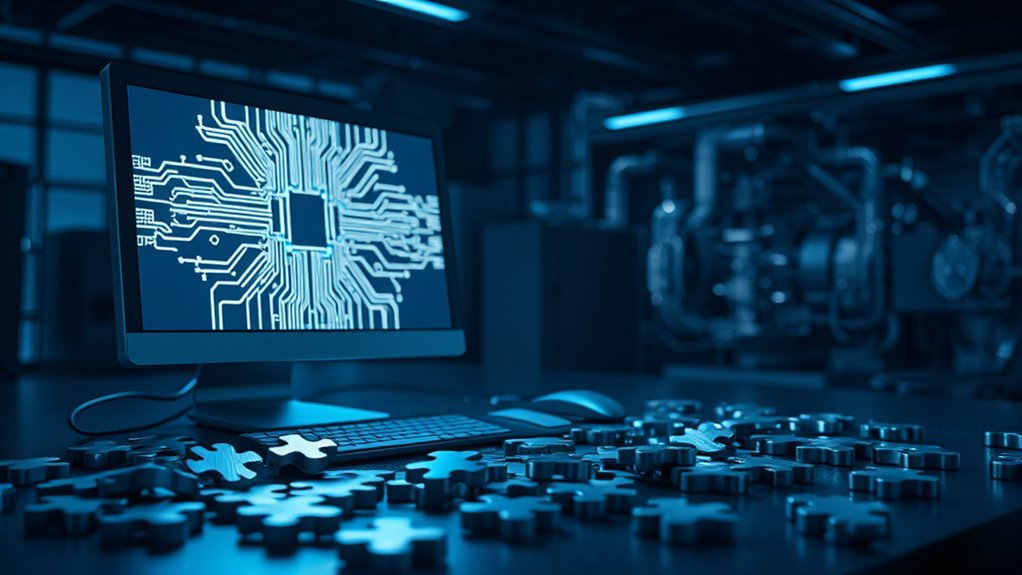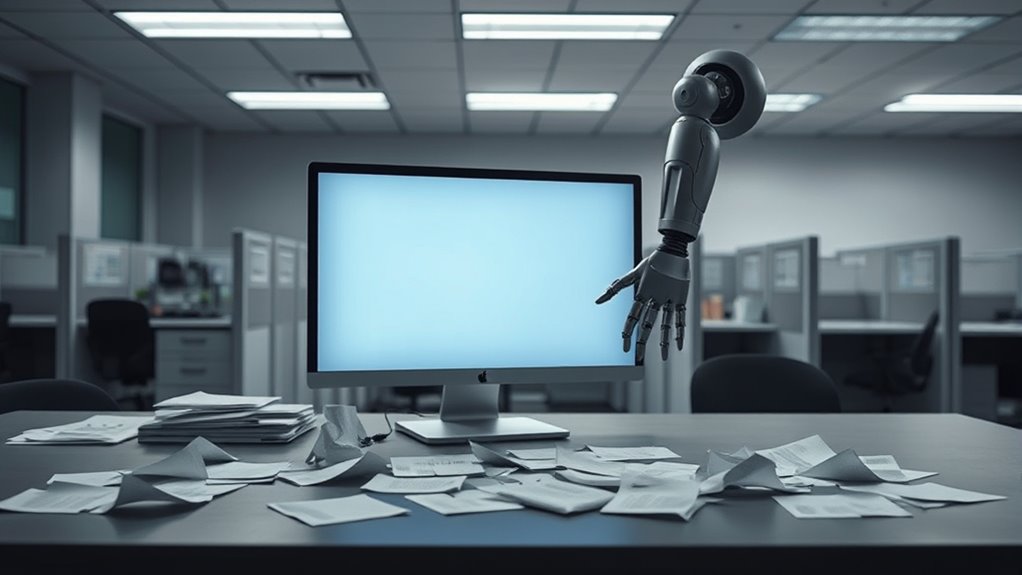Although technology is advancing rapidly, Artificial Intelligence, or AI, is making a big impact in the world of breast cancer imaging. It’s changing how doctors spot and diagnose this disease. AI works with tools like mammography, ultrasound, MRI, and PET scans. It helps find tumors by automatically recognizing and analyzing them in images. This means faster results and less work for radiologists who read these scans.
AI doesn’t just find tumors; it also makes detection better. It can catch cancers that human eyes might miss. It cuts down on mistakes when different doctors look at the same image. AI even helps figure out a patient’s risk level for breast cancer. It works well for all breast types, whether dense or not. In places where there aren’t many doctors, AI could help make care fairer by supporting radiologists. Early detection through AI can significantly improve cure rates by identifying cancer at more treatable stages improve cure rates. AI also enhances the interpretation of complex imaging like MRI, leading to more accurate diagnoses more accurate diagnoses.
There’s more to AI than just spotting cancer. It boosts imaging techniques like mammography, especially in fatty breasts. It speeds up ultrasound and MRI readings with automation. AI also creates 3D models of breasts before surgery, helping doctors plan better. It even aids in reconstructive surgery by improving graft success. Plus, it pulls together data from different scans for a full picture of a patient’s health. AI’s predictive capabilities also allow for better forecasting of patient outcomes by analyzing historical data and trends predictive capabilities.
Even with these advances, AI isn’t fully used in hospitals yet. Most of its work is still in research studies. Scientists are running trials to prove how well AI works. Some early results look promising, especially with AI tools like Transpara in screening. But more big tests are needed to make sure it’s ready for everyday use. Researchers are pushing to expand AI’s role in imaging for a wider impact.
AI and radiologists can team up for better care. Together, they’re more accurate in finding breast cancer. AI cuts down the heavy workload, letting doctors focus on patients. But AI needs lots of training and must meet strict rules to be trusted.
It’s an exciting time as this technology grows, and it could change how breast cancer is found and treated in the future.





